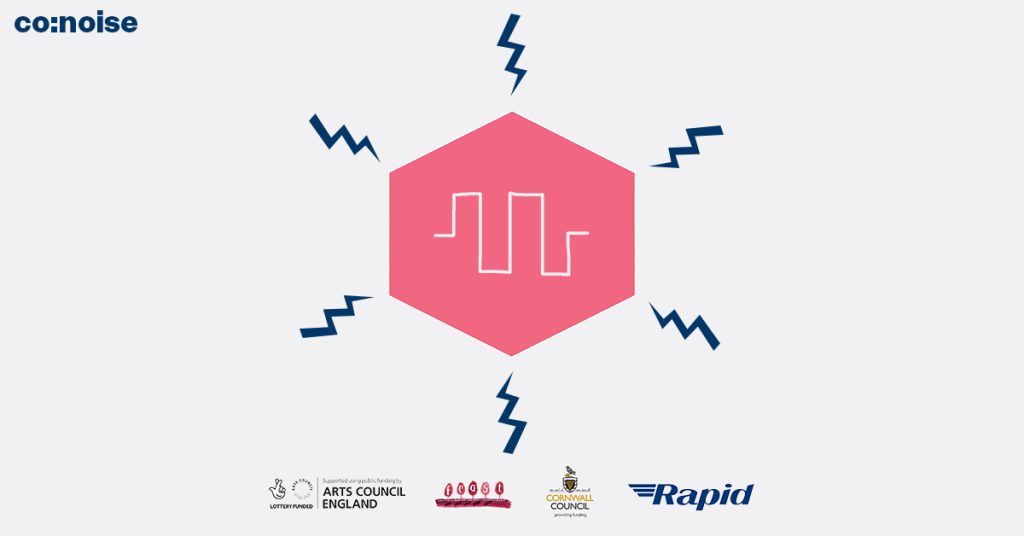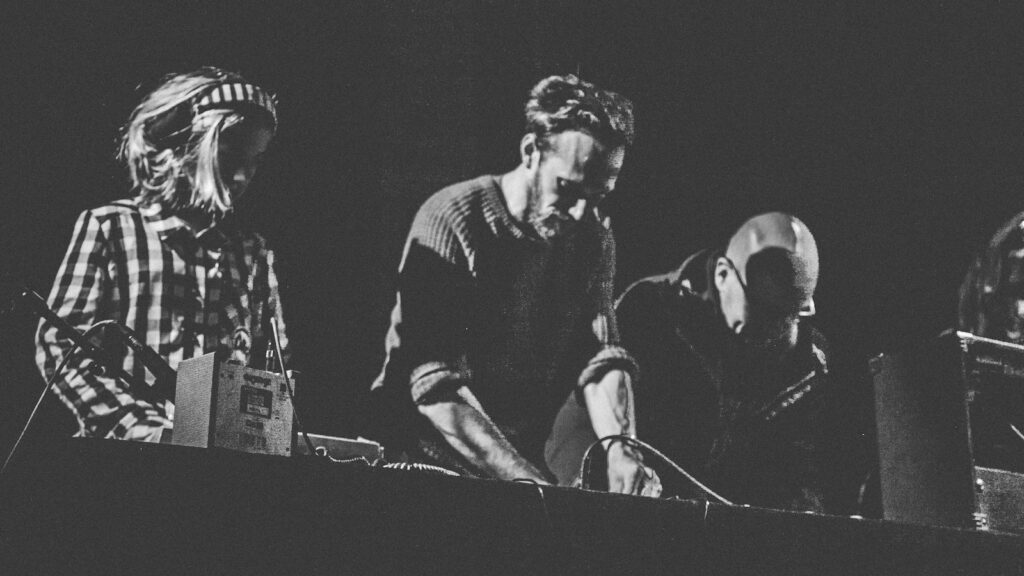co:noise is a project designed to encourage people of all ages and musical backgrounds to make music. In this series of tutorials, we are providing instructions and ideas to make easy to build, low cost electronic instruments without needing to solder.
A Victorian Synthesizer isn’t really Victorian – it is probably called that because it is similar to early Victorian experiments using electro-mechanical means. (It’s an idea originally conceived by J M Bowers, but we have presented the instructions in a way that is suitable for all ages.) It is also called a ‘Jumping Speaker’, which is actually the best way of describing how it works (more on that later). It is probably the simplest electronic instrument you can make. It’s a lot of fun and doesn’t need a breadboard. Safety note: only use batteries – NEVER do this using a mains plug.
What you will need (electronic components available from rapidonline.co.uk):
- 1 x 9V battery and a battery clip (with red and black wires)
- 1 x small speaker (it may work on larger speakers) – if you can find ones with red and black wires attached, it might be easier
- 3 x crocodile leads (so called because they have clips on each end that look like crocodile mouths – snap! snap!)
- 2 x metal paperclips (not plastic coated – that won’t work because the plastic stops the flow of electricity)
Instructions:
- Click the battery clip onto the 9V battery
- Attach one end of a crocodile lead to the bare metal end of one of the battery clip wires
- Attach the other end of that crocodile lead to the bare metal end of one of the speaker wires (if your speaker has no wires, you can clip straight onto a metal tab on the back of it that might be labelled ‘+’ or ‘-‘)
- Get another crocodile lead and clip it to the other wire (or metal tab) from the speaker.
- With your final crocodile lead, clip it to the second battery clip wire.
- You are now left with two crocodile leads that each have one unconnected end. Let’s feed those hungry crocodile mouths by attaching a paperclip to each of them (don’t give them the same paperclip, they don’t like sharing food!)
- Pick up one of those crocodile leads and make the paperclip touch the paperclip of the other crocodile lead. That will complete the electrical circuit and make the speaker clip. You will see the black ‘cone’ of the speaker jump slightly.
- Now here is the fun part. Loosely hold one of the crocodile leads with the paperclip sitting on the speaker cone. Now get the other paperclip and loosely make it touch the first paperclip, or slowly run it across that paperclip. You will hear a buzzing sound. Move them around the speaker cone (with one always on the cone and the other one on that paperclip) and you will get different sounds.
Here is what is happening:
When the paperclips touch each other once, the speaker cone clicks and jumps. Because one paper clip is resting on the speaker cone, this makes the paperclips quickly jump apart from each other. They then very quickly land back on each other and make contact again, causing the speaker to click and jump again. This keeps happening, which means you have a buzzing sound from all the clicks happening quickly.
Other things to try:
You could use anything metal that is a good conductor – some metals won’t work. Try two ring pulls from a can of drink (be careful of sharp bits), two screws, or two five pence coins. Have fun trying various metal objects and you will be able to find out what conducts electricity, and what doesn’t.
You could fill the speaker cone with small light objects that will rattle against each other when the speaker jumps (more paperclips might work) – however, you might need a bigger speaker to hold more objects.
This tutorial is part of the co:noise project, which has been funded by Arts Council England, FEAST, Cornwall Council, Penryn Town Council, Tea Social and Rapid Online. All components can be found on the rapid online website.




